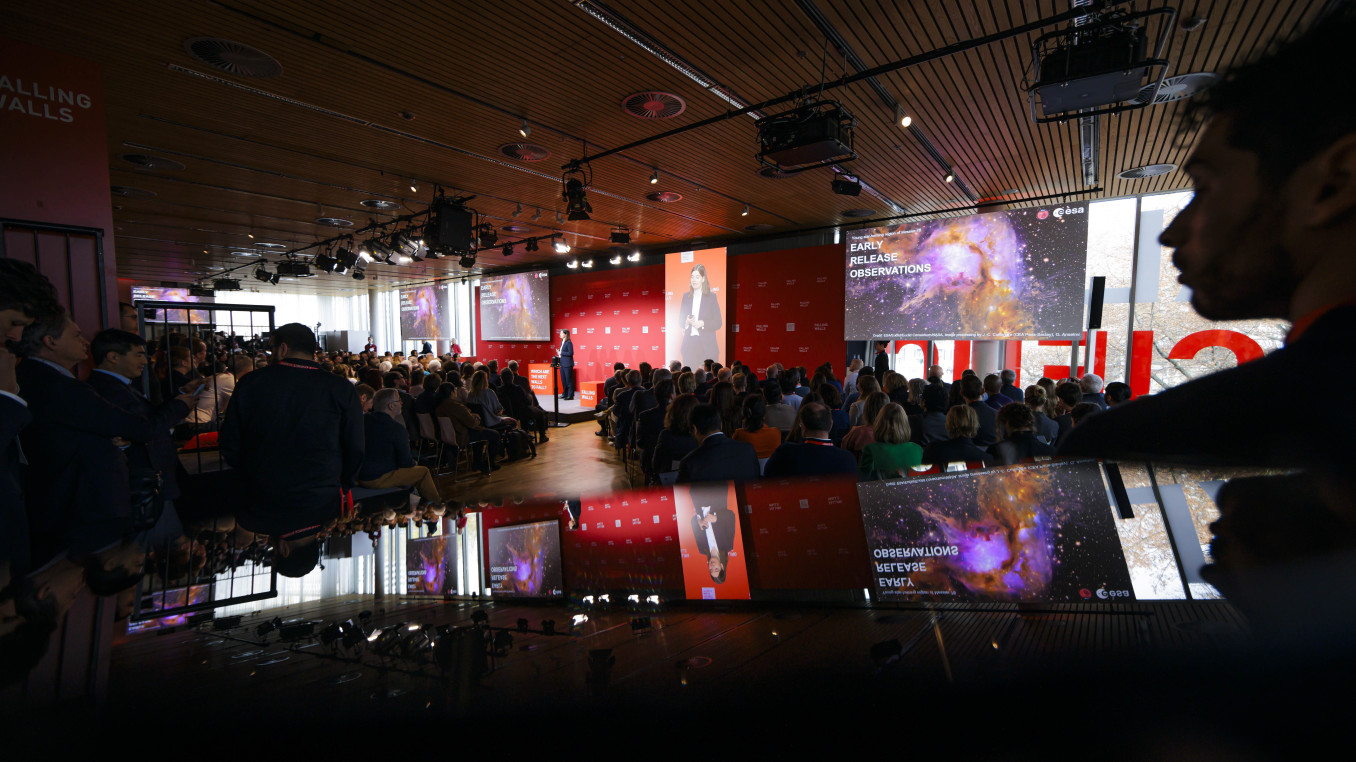Plastic-Tree Coexistence: Kat Austen's Exploration of Microplastic Impact on Forests
What inspired you to be in the profession you are today?
When I started out, I had no idea that it was possible to have a career like mine. Every small choice I made has led me to where I am now - I focussed on wanting to have a more positive impact on the world than negative, to understand better my species' relationship to the environment, and I did the things I felt I was good at - listening, collaborating, composing and creating.
What impact does your research or project have on society?
I hope that my work offers the opportunity to understand one's relationship to others - be they humans, other species, rocks, waters or ecosystems - in new ways and with more empathy. Alongside this, I hope that my research contributes to methods that break down disciplinary, species, class and institutional barriers, allowing more diverse voices to be part of important conversations.
What is one surprising fact about your research or project that people might not know?
For Stranger to the Trees, I introduced microplastic to the soil in which I grew birch trees, which meant they were undergoing a new experience. I learned to play the piccolo during the research for Stranger to the Trees, in order to empathise better with the trees as they went through this transformation.
What’s the most exciting moment you've experienced over the course of your research or project?
Aside from being named as a winner for Falling Walls Art and Science, probably the most exciting moment was late at night at the GFZ Potsdam as Joana and Daniel and I saw the first evidence of my microplastic beads in the root tissue of the birch trees.
Other info
Stranger To The Trees Portfolio
Stranger to the Trees on post-gallery.online 1st exhibition
Stranger to the Trees on post-gallery.online 2nd exhibition
Selected press
Birken können Mikroplastik aus dem Boden filtern", GEO, 16th March 2022
Birken im Kampf gegen Mikroplastik", RBB InfoRadio, 15th March 2022



